What is Software Development and How to Become a Software Developer
Software development - and its variations such as agile software development and lean software development - is a term used to describe an industry-specific approach to new product development. There are specific processes for software development management at a high level because no single developer is likely to work on the entire code for the product. The junior software developer will typically work on a single component at a time, whereas the product manager has to keep an eye on multiple components because he or she is responsible for the entire software development life cycle, or SDLC as it is known.
- Part 1. What is Software Development?
- Part 2. What is Agile Software Development?
- Part 3. How to Become a Software Developer
- Part 4. The Best Tool for Software Design
What is Software Development
In very simple terms, software development can be defined as a set of activities that lead to the creation of a computer program. This involves the initial set of requirements (what does the software aim to achieve or do), the concept behind the design and functionality, design mockups to show its appearance, prototypes to evaluate various features, testing by users, quality control, revisions, and several other components. In general, the SDLC typically comprises five core stages: Requirement Analysis, Design, Implementation, Testing, and Deployment & Maintenance.
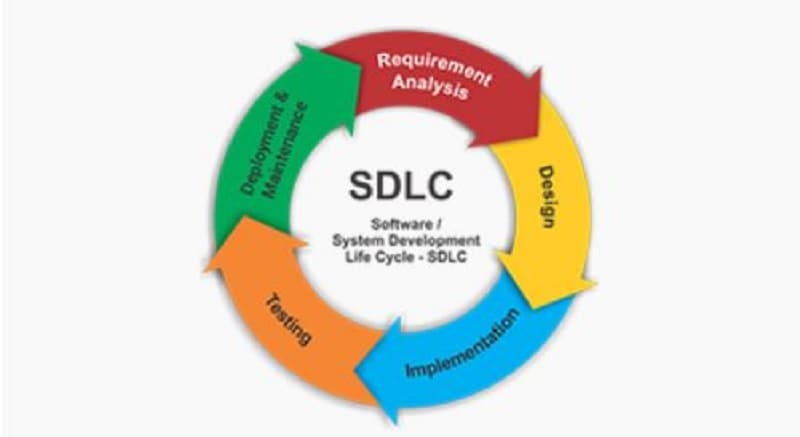
Of course, there are several variations of this. For instance, the final stage of deployment and maintenance is often broken up into deployment and support. In some cases, prototyping goes along with design before the implementation or development (coding) is initiated. There are also reviews between each stage to assess cost and schedule adherence and other factors that will impact the final delivery of the product to the customer.
What is Agile Software Development
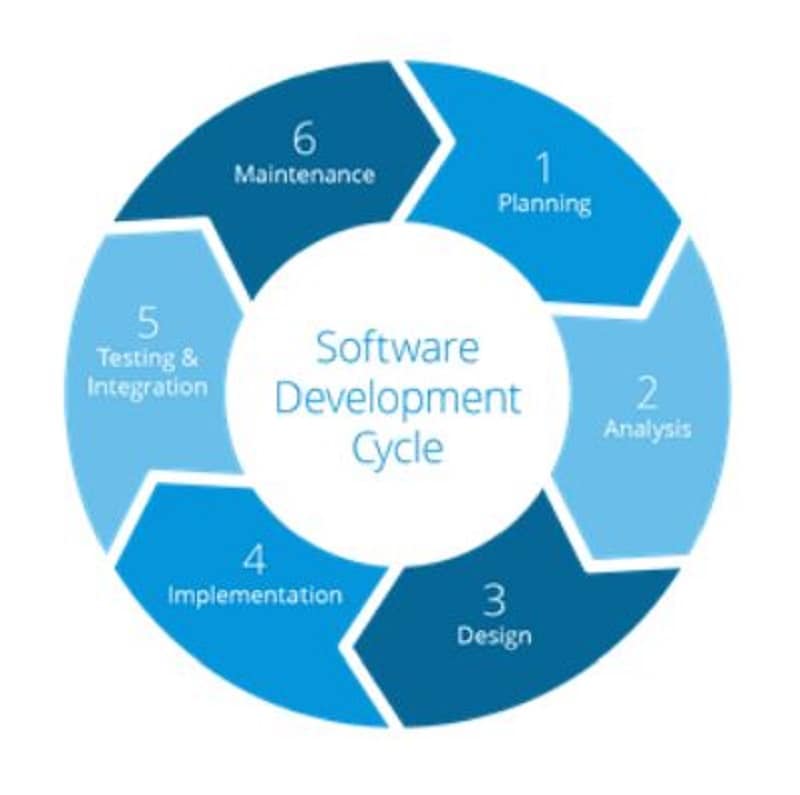
Agile software development is a unique version of generic software programming that brings in several new elements such as stand-ups, pair programming, sprints, test-driven development, and so on. The purpose of these elements is to make the software development cycle more responsive to ongoing changes in requirements and bring in speed, efficiency, and stability. It consists of specific frameworks intended to yield better results for the customer, and some of these are feature-driven development, extreme programming, scrum, and so on.
Two major aspects of agile software development are self-organization and cross-functionality. They allow teams to be more flexible through self-governance, yet remain subject to scrutiny against specific success parameters. There are 12 principles outlined in the Agile Manifesto that define this approach to software development, and it is one of the most popular methodologies in practice today.
How to Become a Software Developer
To become a programmer or software developer, it is no longer necessary to have a Computer Science degree. What you need are the right programming skills and a dedication to getting the job done. These simple steps will help guide you through the often confusing process of eventually becoming a software engineer, developer, or programmer.
1. Learn the right languages - The first step is to figure out what language, framework, or stack you want to be proficient in. You can choose more than one, but it's better to be a master of one trade rather than have a superficial knowledge of several. You can choose from the prevalent ones such as JavaScript, Python, PHP, Node.js, and so on. This decision is ultimately based on what you want to do and what kind of job you want to apply for. For instance, as a full-stack developer, you can opt for the MEAN stack, which comprises MongoDB, Express.js, AngularJS, and Node.js. You will also need JavaScript and HTML5 with CSS3 and Bootstrap.
2. Get the right tools - As a developer, you need tools to practice and hone your skills. You can, of course, opt for free tools like app development software from platforms offering free online courses, but the better way would be to use real-world developer tools like Cloud9 from Amazon or GitHub (now owned by Microsoft). You can also use platform-specific utilities such as Apple's Xcode, which offers its own set of command-line tools, the Interface Builder, the Clang compiler, and so on.
3. Read other developers' code and keep practicing - You can only get good if you know what the best in the field are doing and how they're doing it, and then trying it on your own to perfect those same skills. It takes years of practice to become an expert coder but there are resources today that weren't available ten, twenty years ago. See what others have done in the form of custom software development and try and emulate their styles and approaches. This will also teach you the art of debugging, a skill often overlooked by new developers.
4. Join a supportive community - There are tons of online developer communities you can join, but make sure you participate in the conversations they have. Ask questions, search through old threads, and do everything you can to learn a little each day. There are also physical communities in your area that you can consider joining but if you can't find one, go with the online option.
5. Build an app portfolio - Yes, if you want to become a software developer, you need to have some sort of portfolio you can showcase to prospective employers. It can be a very simple set of applications - that doesn't matter. What matters is that potential hirers will know that you can start a job and finish it. That's what they want to know - not whether you graduated Summa cum laude - because the real world is very different from academia.
6. Prepare for the interview - Get your materials ready for potential interviews. This includes your resume, cover letter, any project experience you can show them, references from experienced developers, and so on. Do the online routine as well - LinkedIn, GitHub account, personal blog or website, etc.
These various stages if executed properly, should be able to land you a $30,000, $50,000, or $100,000 a year job. You'll have to start at the bottom, of course, as a junior software developer. After a few years of that, you can eventually become a senior software developer or even a project lead. Some people prefer to work as a freelance software developer so they have time to develop their own apps for mobile, desktop, or web users. That's how stars like Zuckerberg and Larry Page were made - they created their own success because they knew what they wanted to do. That's the most important part of being a software developer. Have a goal and work towards that goal with everything you have.
Would you interested in Balsamiq Mac? Click and learn more about the How to Download Balsamiq Mac for Free.
The Best Tool for Software Design
One of the most important stages of software development is the software design stage. This part comes before the implementation or development phase and involves creating the front end of the application or website. And the best tool for this is an online design and prototyping platform like Wondershare Mockitt.

In short, it is a cloud-based platform for designing and prototyping the UI/UX aspects of a software program. Such prototypes can be created for web, desktop, or mobile applications, and are functional versions of the basic front-end app design. Their purpose is to allow the client and other stakeholders to have a first-hand view of how the app will eventually look and how it will interact with users.
Wondershare Mockitt comes with a rich library of components, icons, symbols, and widgets for your front-end design. Prototyping is as simple as linking a widget to its resulting page state, and the platform offers very flexible options to customize widgets, convert them to Master status, and even make them dynamic. The best part is that the developer handoff requires no coding knowledge from the designer, which neatly segregates the responsibilities of the two roles. Moreover, the online utility allows real-time collaboration and commenting, as well as co-editing of projects by multiple designers from different locations.
The basic process of creating a software design and prototyping it is as follows:
1. Log in to Mockitt on your browser and create a new project. Specify the device you're designing for, such as mobile, web, TV, etc.

2. Use the asset library to drag and drop design components into your canvas (artboard or screen) and reposition/resize them to create your layout.
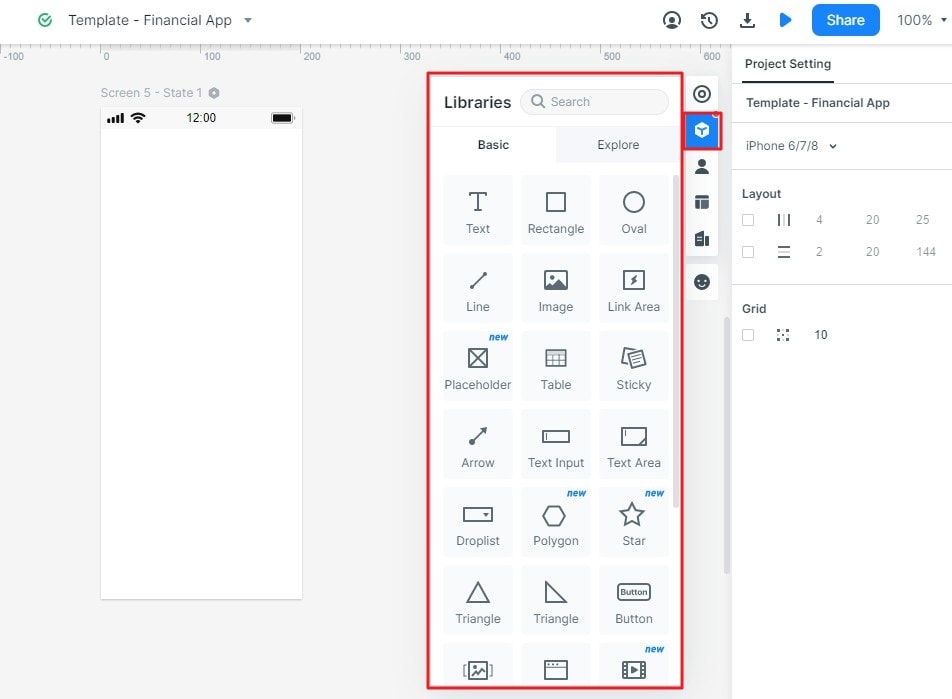
3. Create multiple page states to show interactive elements in your design.
4. Create interactions by linking an asset to its corresponding page state and defining the transition, effects, and animation to be shown.
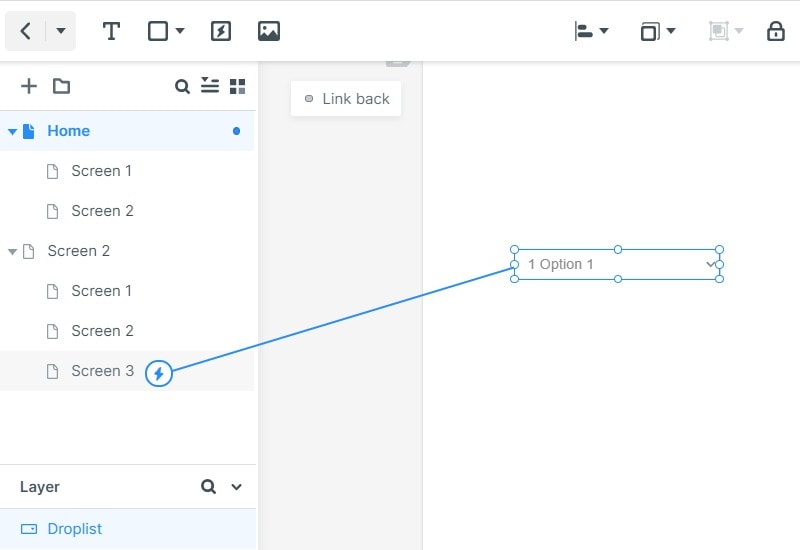
5. Add comments in the form of sticky note widgets and get real-time feedback from your product manager, colleagues, and the client.
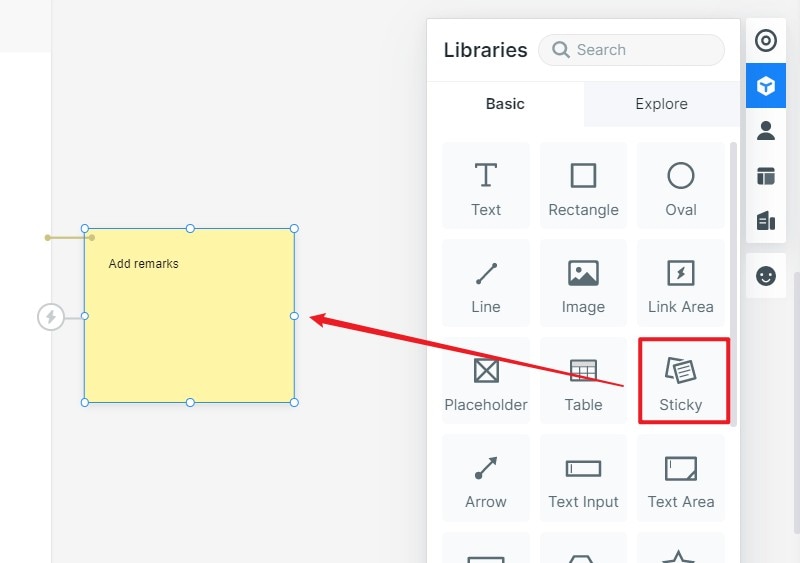
6. Developers who have access can come in and inspect code and download any asset information they need without input from the designer. All software code and style code is auto-generated by the system during the design and prototyping phases.
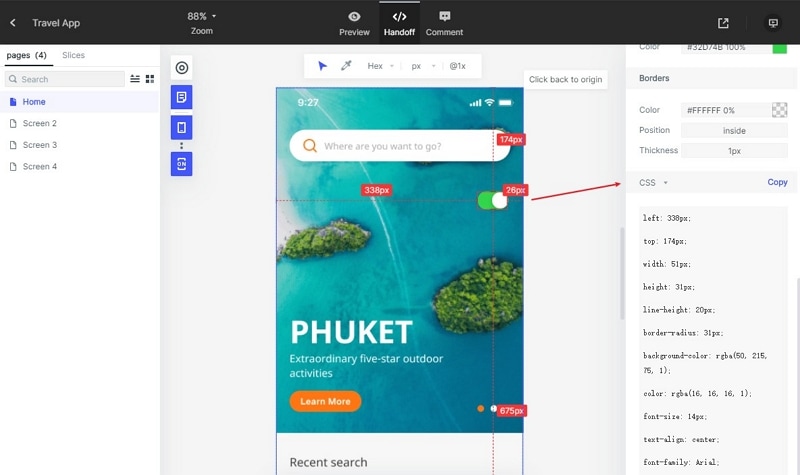
As you can see, Wondershare Mockitt forms an important part of the software development life cycle whether you're using agile, lean or any of the other popular methodologies. It is intuitive, lightweight, collaborative, and highly responsive to the needs of modern design and development teams.

